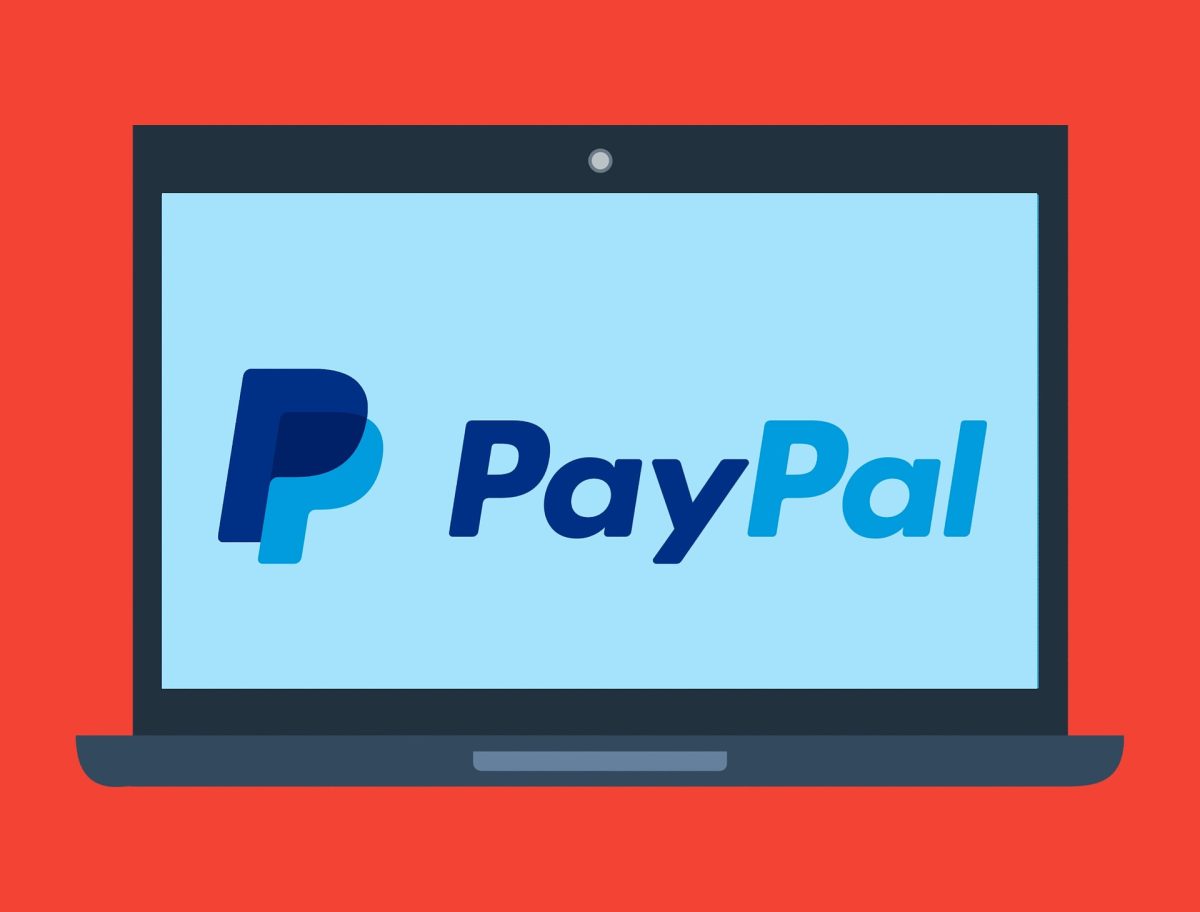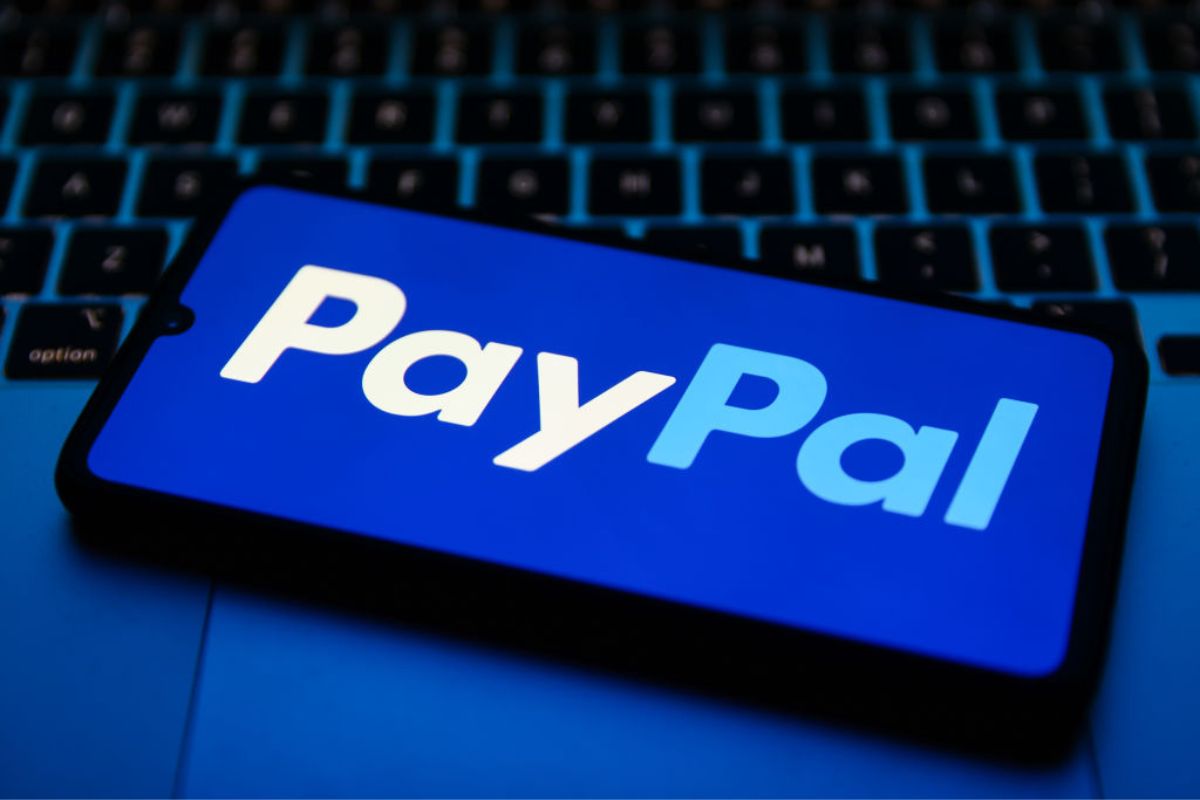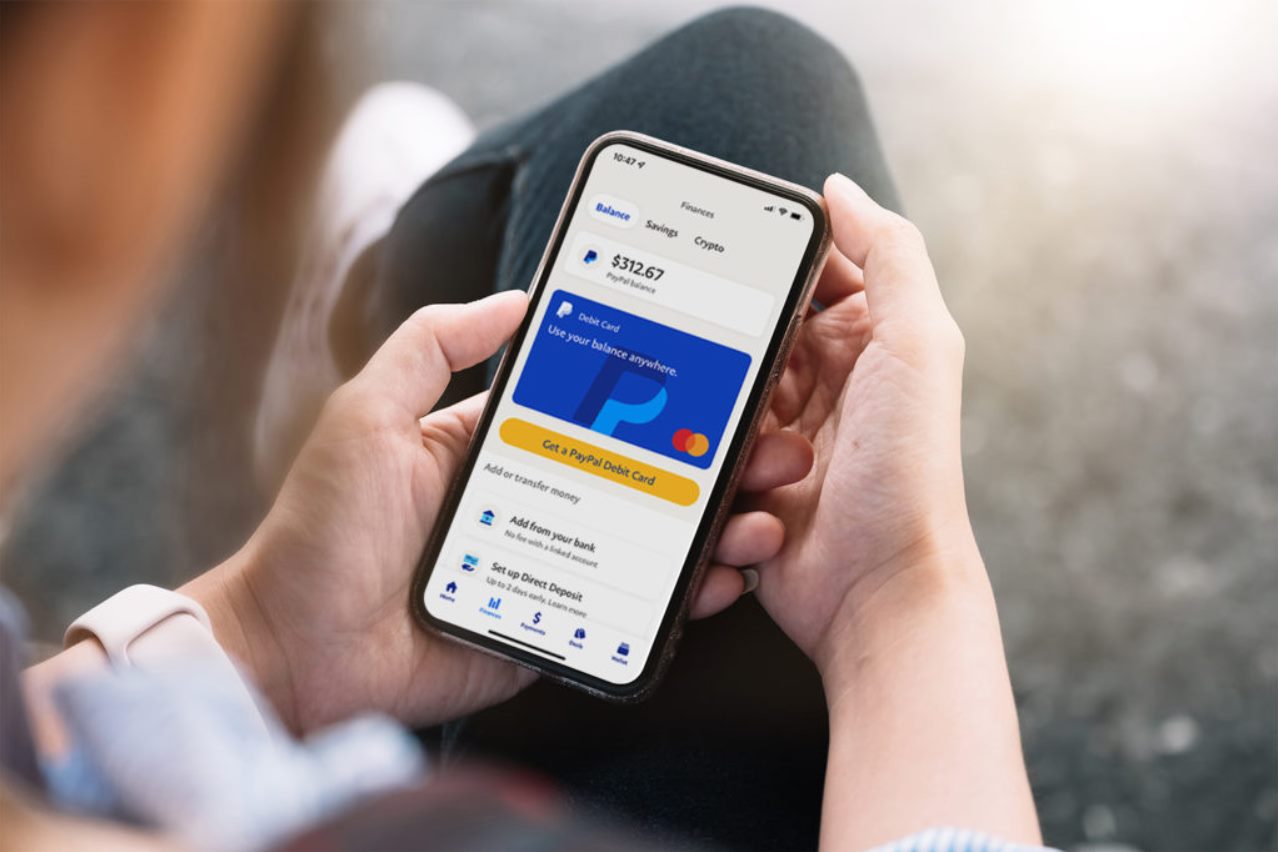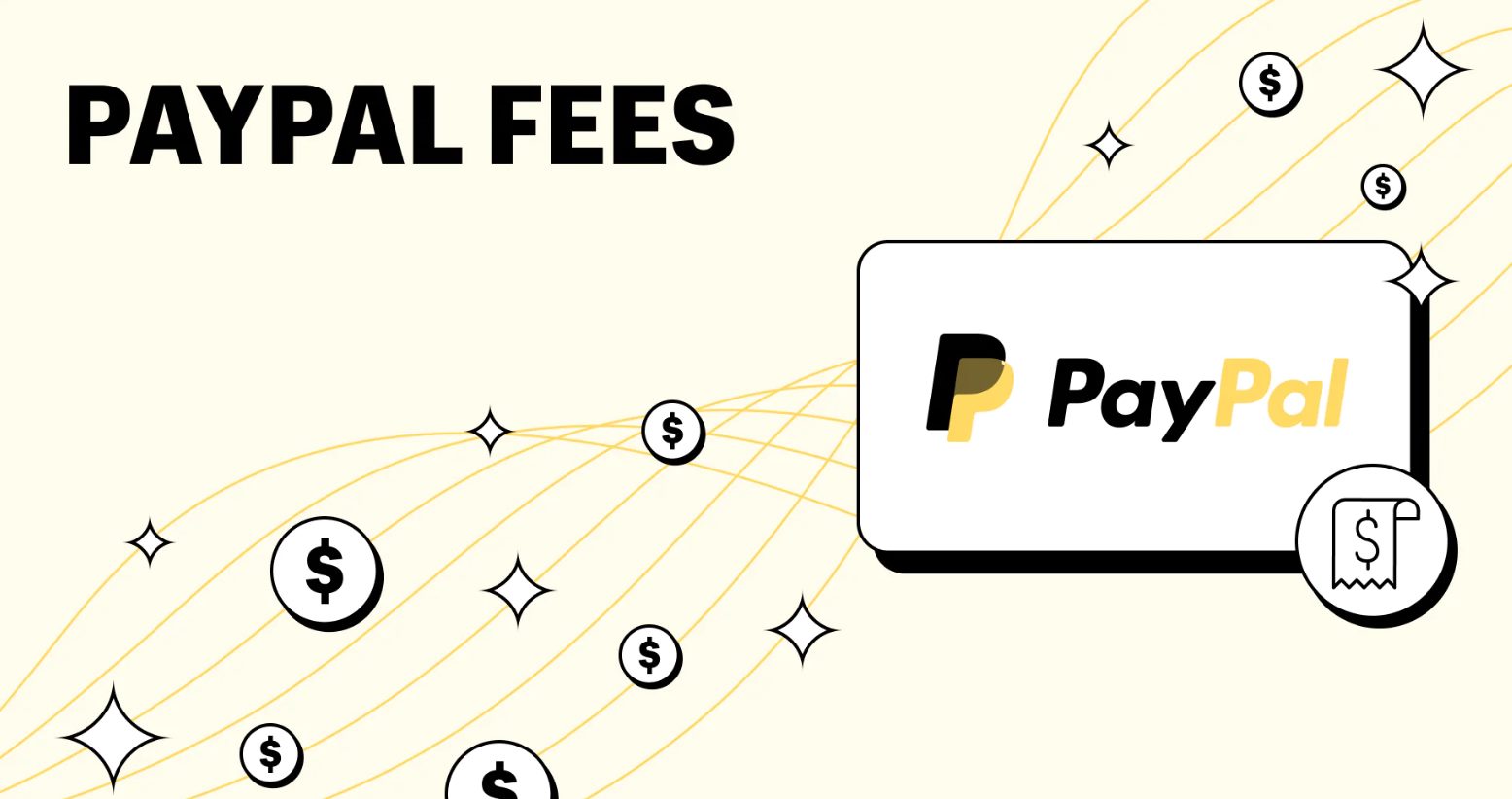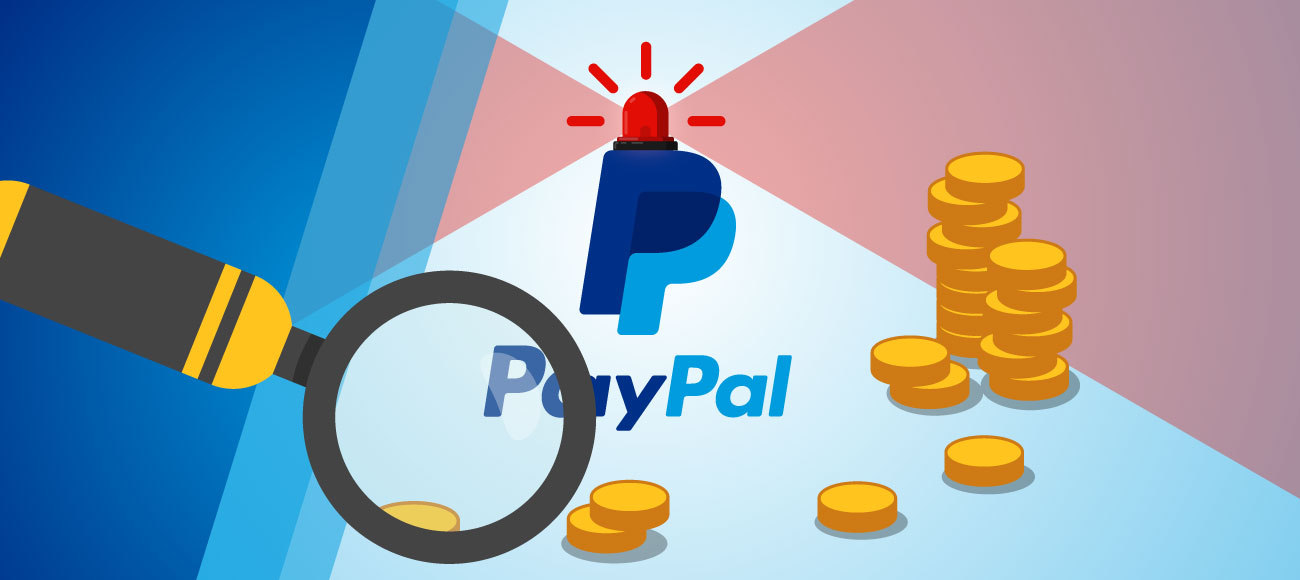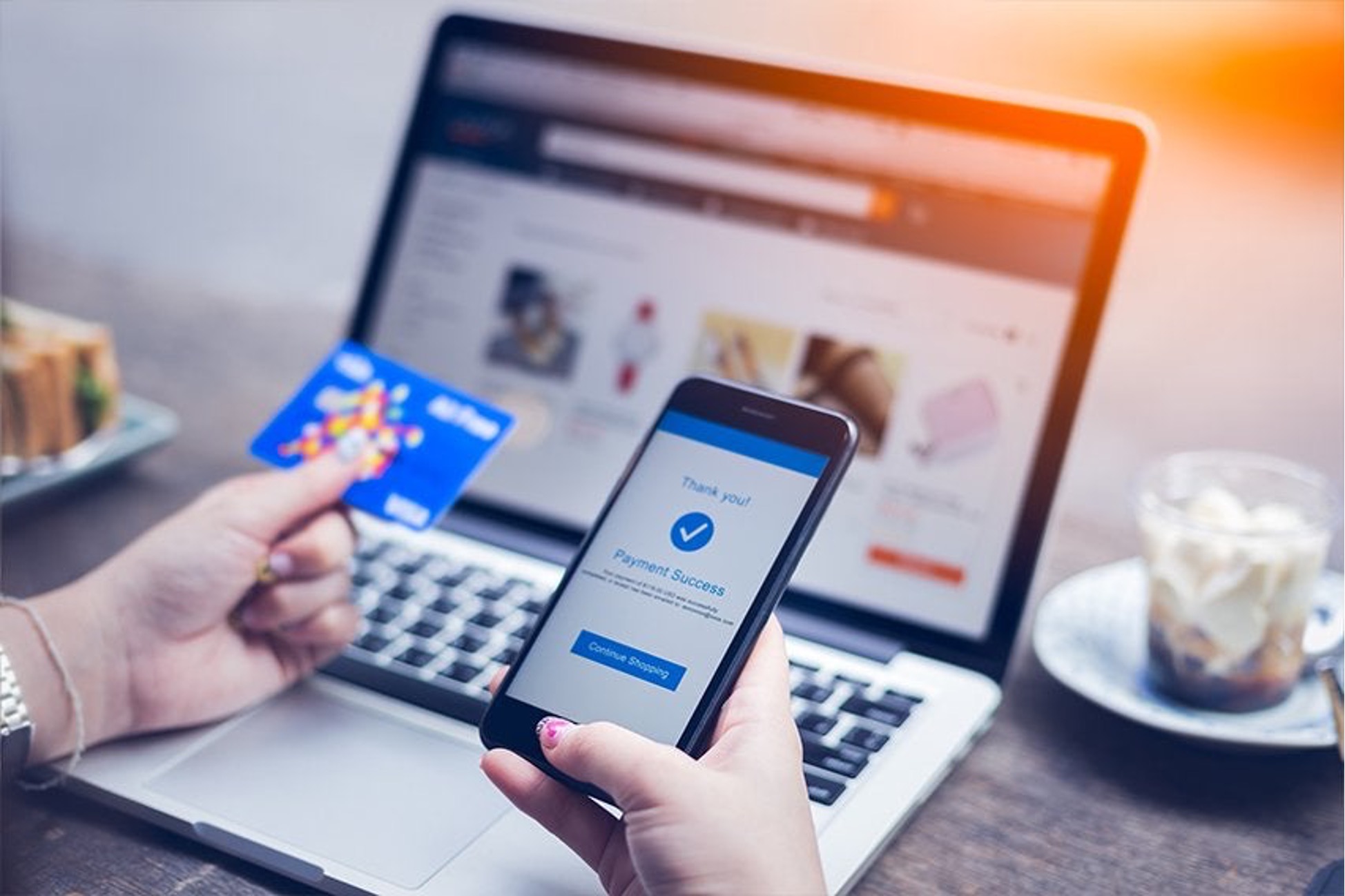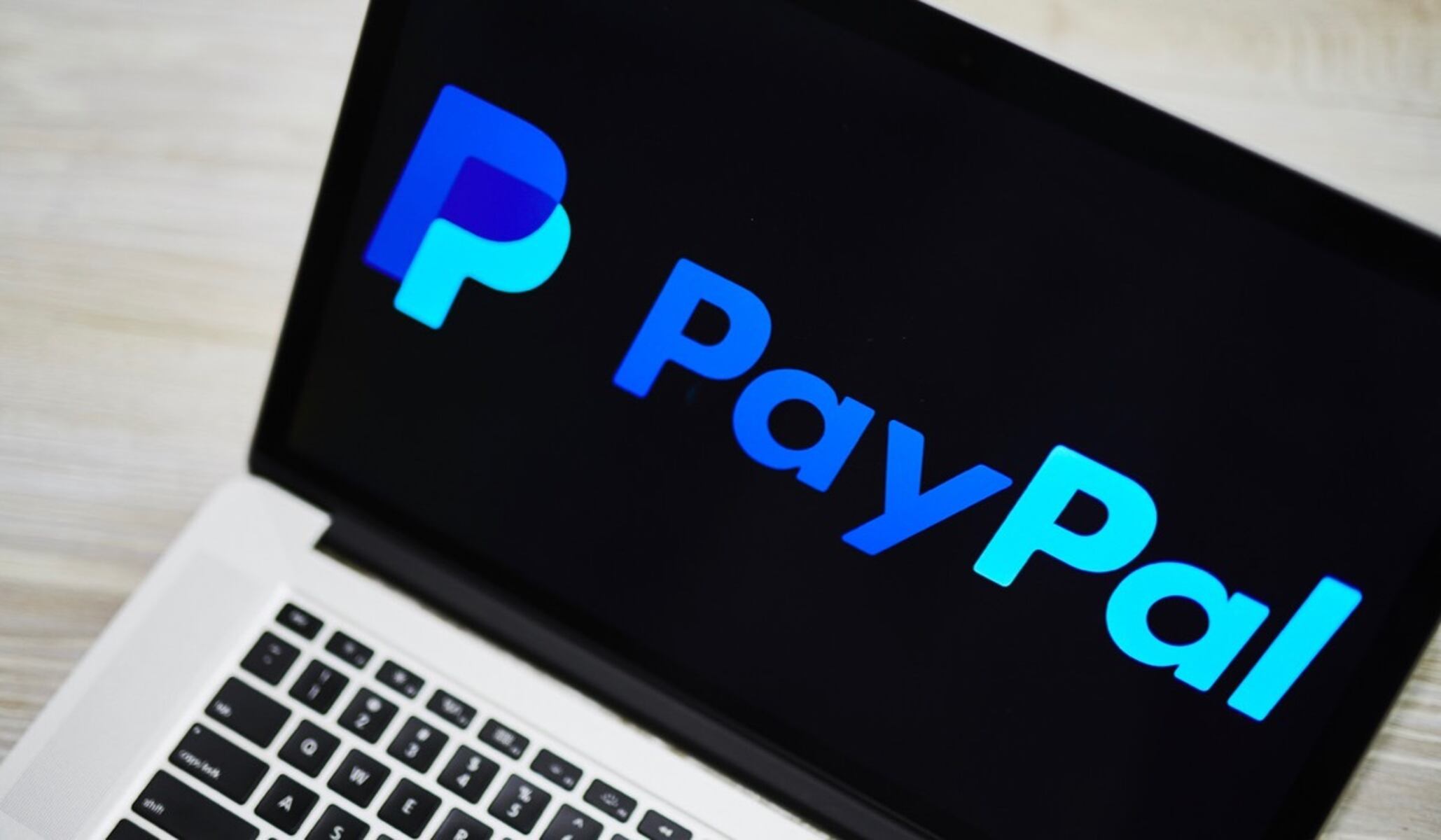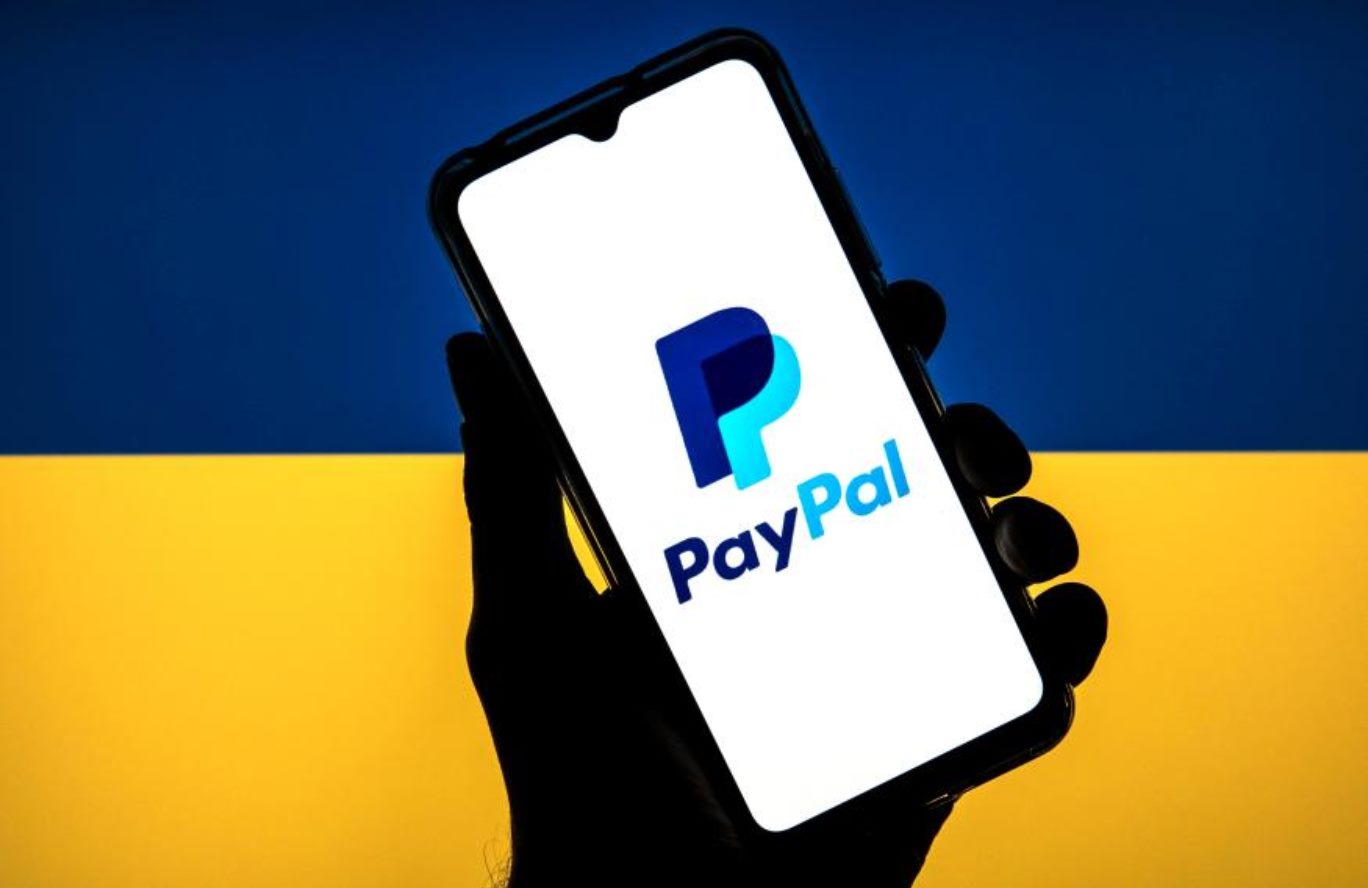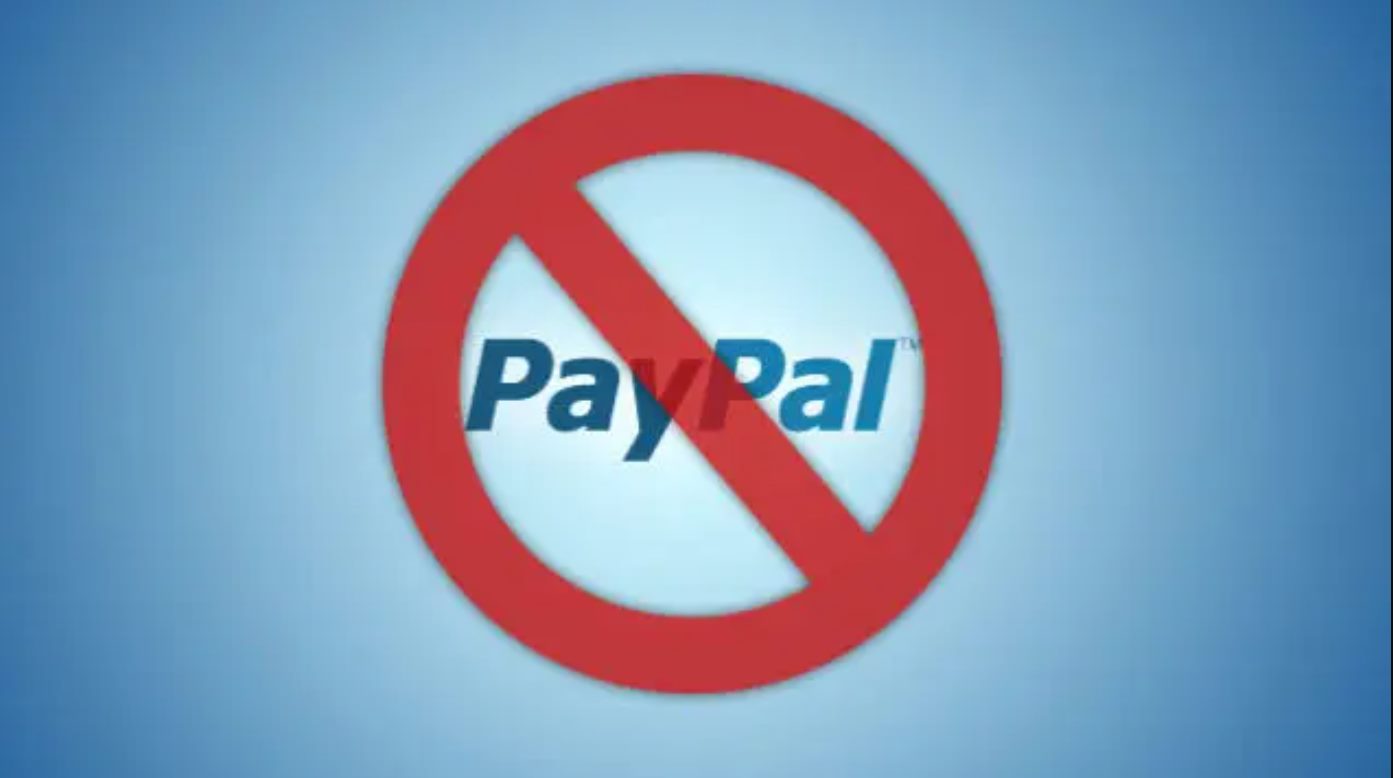PayPal is one of the largest online wallets and payment methods that are known to the Western world. However, despite how convenient and widely accessible it is, PayPal does have its downsides. One of them is the absurdly high PayPal currency conversion fees you have to pay when using foreign currency. Eager to know more? Here’s what you must know about the financial giant’s currency conversion rate.
How Do PayPal Currency Conversion Fees Work
Is there a fee for currency exchange on PayPal? Moreover, who pays for PayPal currency conversion fees? For the most part, PayPal goods and services are convenient for those who require international transactions.
However, despite its usefulness, PayPal fees are a hidden snare you have to be careful of. That’s because these fees are pretty large and can add up depending on the kinds of transactions you make.
International Transaction Fees
Firstly, all international money transfers will incur two different kinds of fees depending on the transfer type. If you’re transferring money from your PayPal balance straight to another PayPal account, the transfer fee is 5%. Moreover, the minimum fee is $0.99, and the maximum is $4.99.
On the other hand, if you’re funding the transfer via debit or credit card, the funding fee is 2.9%. PayPal also adds a fixed payment to the transaction based on the currency you’re using. These are fees that exist apart from the PayPal currency conversion fees.
PayPal Currency Conversion Fees For Transfers Between PayPal Accounts
On top of these international transaction charges, the company also demands payment for PayPal currency conversion fees. Of course, these will only apply if you need to convert your default currency before making a transfer.
Nonetheless, these fees are a headache to deal with given how high they can be. Moreover, they have a pretty complicated computation and vary depending on certain factors. For example, the rate will change depending on whether you’re converting to USD, CAD, or foreign currencies.
Converting to USD or CAD will yield a 3.5% fee while other currencies typically charge a 4% fee. In addition, PayPal applies a 4.5% currency conversion service fee so this increases the amount you must pay.
PayPal Currency Conversion Fees For Transfers To Bank Accounts
On the other hand, how does PayPal work if you’re not transferring to another user’s PayPal account? Does PayPal charge currency conversion fees even in this situation? Moreover, does PayPal charge a fee on top of the currency conversion cost?
Unfortunately, this adds to the confusion because PayPal currency conversion fees change under these circumstances. If you’re depositing money directly to a bank account, PayPal will course your payments through Xoom (another PayPal company).
This time, the computation will add a markup to the present market rate. For instance, let’s say someone is transferring money from EUR to USD at the present rate of 0.913. If you’re depositing directly to the bank, Xoom might lower this rate to 0.902.
Hence, you’ll need to consider sending a larger amount to account for the PayPal currency conversion fees. Otherwise, the recipient will receive less than what you promised to pay according to the target currency’s price.
With that said, we cannot provide you with a fixed rate regarding how much Xoom charges for transfers to banks. That’s because the markup will change based on the currency you’re using. Moreover, fees will also shift depending on whether you’re using a debit or credit card to fund the transaction.
PayPal Exchange Rate
Now, all of these PayPal currency conversion fees still haven’t taken into account the exchange rate. We’ll have to determine this first before we can find out how much the total charges are.
Unfortunately, PayPal’s exchange rate changes by the day, so you cannot always predict how much the total cost will be. PayPal gets a wholesale rate quote two times daily from their bank.
After PayPal receives this quote, they’ll add a percentage as a markup. With this added, you’ll get the retail exchange rate that the company will use on currency conversion transactions.
These markups are what make PayPal infamous when it comes to international transactions. They often make the transaction much more expensive than it would be if you used the mid-market exchange rate.
Moreover, PayPal’s exchange rates are usually much poorer than what you’d find even on similar financial services. You’re even better off paying directly with your Mastercard or Visa debit or credit card.
How To Calculate PayPal Currency Conversion Fees
With all of that said, is there a handy PayPal currency conversion calculator that can conveniently calculate your hidden fees? Unfortunately, there’s no such thing as an easy PayPal calculator that dictates how much your PayPal currency conversion fees are.
Sure, you can use online calculators like Omnicalculator that promise to give you the full breakdown of the entire transaction. However, these websites aren’t always accurate concerning their PayPal fees. Furthermore, they may not always provide the right exchange rate PayPal is offering.
Fortunately, you can get a rough estimate of the exchange rate through PayPal’s website. You can also go to your PayPal profile and head to the “Wallet” section. Afterward, press the “Currency calculator” under your account balance. Once you’ve done this, you should find PayPal’s present exchange rate under the currency selections.
Alternatively, you can also go to “Wallet” and click the three vertical dots beside the currency you must convert. Then choose “Convert currency” from the options given. PayPal will then show you the current exchange rate under the currency selections.
How To Avoid PayPal Currency Conversion Fees
You may think that using a PayPal international transfer fees calculator helps you avoid PayPal currency conversion fees. However, using these calculators can only show you how much you have to pay. You’ll still need to pay the amount regardless.
With that said, the question now becomes: how can I avoid paying conversion fees? Is there any workaround you can use to do such a thing? Thankfully, there are ways you can evade PayPal currency conversion fees.
Make Payments In The Merchant’s Local Currency
The most common reason people pay PayPal currency conversion fees is when they’re buying products from a foreign company. Unfortunately, PayPal automatically converts any foreign purchases into your local currency.
Doing this means the company will automatically apply all of the PayPal currency conversion fees we discussed earlier. Hence, you’ll pay a great deal more than what you might initially intend if you push through with the transaction.
However, you can work around this by paying the transaction in the seller’s local currency. Simply press the “See currency options” button when you’re at the checkout screen. Then Hit the retailer’s currency.
Doing so will force PayPal to charge you based on the currency conversion your bank or card company has placed. Sure, these companies may charge more than the standard mid-market exchange rate. Nonetheless, their exchange rates will be much cheaper than that of PayPal, given the company generously charges too many fees.
Use A Multi-Currency Payment Method
The previous method works well in a pinch if you have no other options. However, you can evade PayPal’s currency conversion charges altogether by using a multi-currency card. You can do so through various services.
In this example, we’ll use Revolut, a free online service that’s available in most international countries. If you open an account using this service, you can add funds in various international currencies. We recommend adding some based on your target seller’s local currency.
Afterward, you can use Revolut upon checking out and the merchant should treat your card as a local payment method. This will negate the need for additional currency conversions, making the transaction much smoother and without fees.
Of course, Revolut itself will still convert your local funds into foreign currency based on an exchange rate. Nevertheless, it should be much better than what you’ll get from PayPal.
Apart from this, your only consideration will be how long it takes for your bank transfer to push through. That’s because Revolut acts as a debit card instead of a credit card. Hence, the bank transfer should reflect on your account balance before you make any purchases.
Use Your PayPal Account As The Source
As we’ve discussed earlier, PayPal charges additional fees when the source of your funds is from credit or debit cards. Hence, one way you can lessen the PayPal currency conversion fees is by using your account balance to fund transactions.
Of course, this isn’t the ideal method if you’re trying to avoid PayPal currency conversion fees altogether. Nonetheless, it does make an impact, especially if you must use PayPal often for international transactions. Those fees will accumulate over time, after all.
Make Larger Payments
PayPal currency conversion fees apply to every transaction that you make. Therefore, one easy way to avoid these repeated fees is by making large payments and transactions. It’s an especially effective method if your transaction involves transferring to another PayPal account.
That’s because fees for transfers to other PayPal accounts will cap at $4.99. Hence, whether you’re paying $1,000 or $5,000, the fee will remain at $4.99. Thus, we recommend making one big lump sum payment to avoid repeating fees if you plan on purchasing from the same seller more than once.
Of course, this won’t work if you’re making payments directly to bank accounts. That’s because Xoom doesn’t cap its PayPal rate and fees in this way. Hence, it’s better to use the other workarounds if your seller only accepts direct bank transfers.
Account For The Exchange Rate In Your Pricing
If you’re a business owner with international transactions, you may want to factor PayPal’s exchange rates directly into your pricing. This will help you avoid losing money because of the platform’s gargantuan charges. Moreover, it’s especially important to consider if your transactions will be large and frequent.
4 PayPal Alternatives With Better Money Conversion
PayPal may be one of the largest and most accessible platforms you can use for international transactions. However, it’s not the only one that exists. Here are four better alternatives with cheaper currency conversions.
Amazon Pay
Amazon Pay is one of the best alternatives to PayPal as it charges fewer fees than the financial giant. It doesn’t charge fees on transactions and memberships to merchants that accept it as a payment method.
Moreover, it’s a reliable service that provides a secure way to conduct payments. You can even track your transactions using your Amazon account. Also, the platform accepts credit and debit cards so you can source your funds from almost any bank.
Is there a currency conversion fee? Yes. Amazon negotiates competitive exchange rates with its bank service provider. Moreover, they change every day so you cannot compute these rates consistently. In addition, Amazon charges a cross-border fee that sits around 3.9%.
Payoneer
Payoneer is a competitive player in the field and operates in over 150 countries internationally. It’s a free service that lets almost anyone open an account. Like PayPal, you can withdraw funds directly into your bank account. You can also make local bank transfers that charge a minimal $1.50 fee.
As for currency conversion fees, Payoneer is competitive in that it only charges up to 2% of the transaction amount. Meanwhile, the service computes its exchange rates based on the present wholesale currency market rates.
The same 2% transaction fee applies regardless of whether you’re withdrawing in non-local currencies or withdrawing to a local currency from a non-local Payoneer balance. Regardless, Payoneer is a much cheaper alternative to PayPal when it comes to currency conversion fees.
Skrill
Skrill is a solid alternative to PayPal because it has zero fees for deposits, withdrawals, and sending or receiving funds. With it, you can make transfers as much as you want without worrying about incurring too many fees.
On the other hand, when it comes to currency conversion, Skrill does charge a fee. However, Skrill’s fees are pretty minimal for the most part. Sure, their currency exchange fees can go as high as 3.99%. Nonetheless, it’s still a cheaper option compared to PayPal.
The only downside is that Skrill is not as widely available compared to PayPal. Hence, not all merchants will accept it as a payment method.
Stripe
Stripe is a competitive alternative to PayPal and accepts payments in over 135 currencies and supports local payments substantially. It’s a solid option if you’re running an online shop, as it provides payment gateways in various APIs.
With that said, Stripe offers more control when it comes to payment integration for your online business. Moreover, its payments are instant so you don’t have to worry about lag or delays. However, it does only accept card payments so customers cannot pay with more local payment methods.
Fortunately, Stripe does make up for it by charging a low automated currency conversion (ACC) rate. Transactions that use ACC will incur a 1% transaction fee on top of Stripe’s standard fees. Moreover, it will add a 1% currency conversion fee that’s passed onto the consumer.
FAQs
Final Word
PayPal currency conversion fees can be a menace when it comes to conducting international transactions. That’s because the platform applies fee after fee on top of its poor exchange rate taken from a wholesale quote. Moreover, computing the hidden charges yourself can be complicated given that the company charges different fees based on different factors.
However, there are ways you can avoid PayPal’s enormous currency conversion fees. Alternatively, you can also simply opt to use an alternative service like Skrill or Payoneer to lessen the cost.







